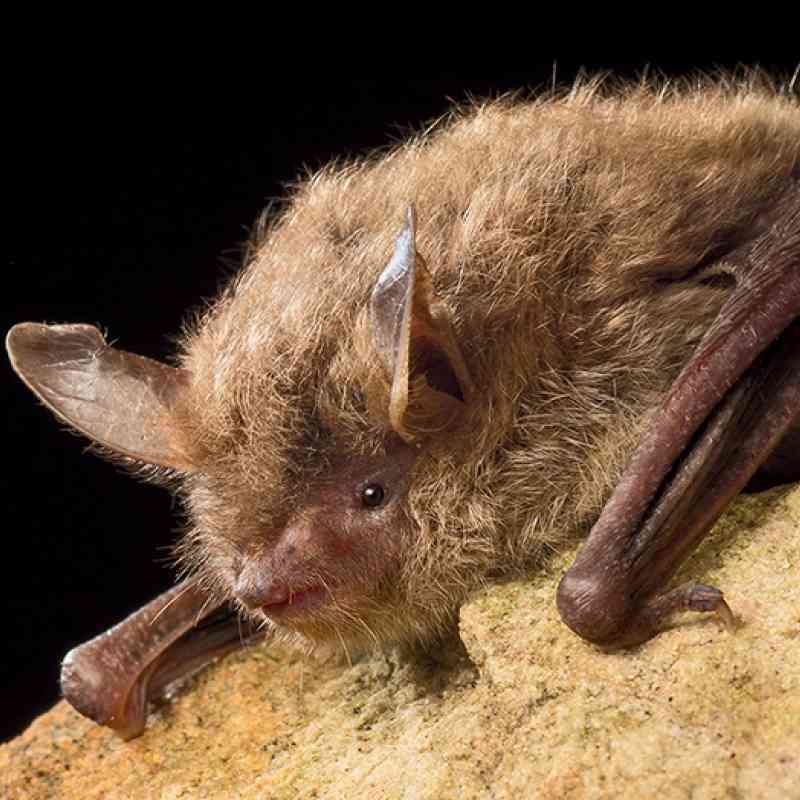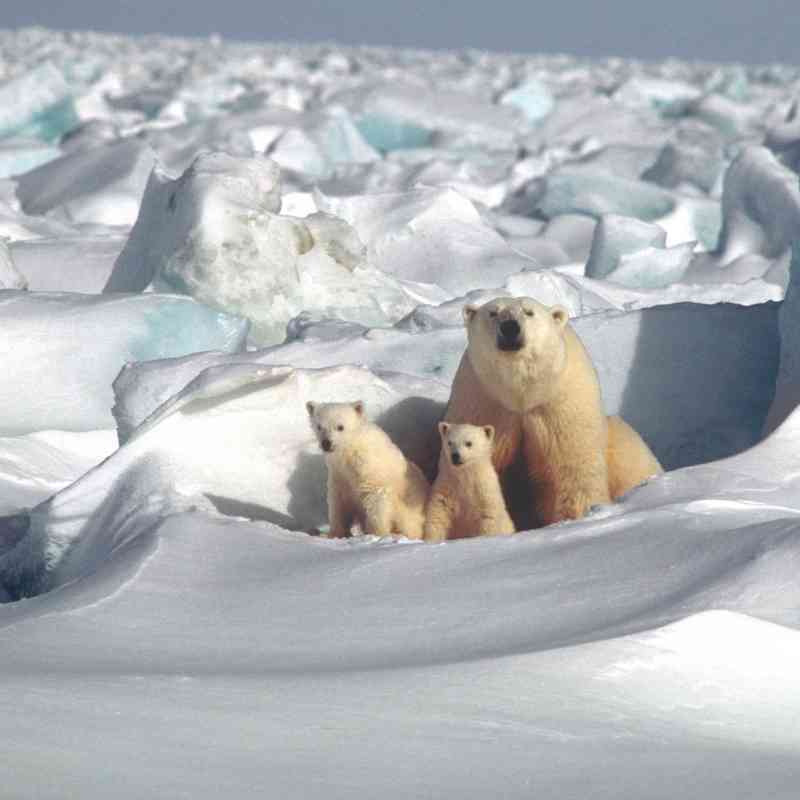FOR IMMEDIATE RELEASE
November 7, 2014
Contact: William Lutz, wlutz@defenders.org, 202-772-0269
WASHINGTON – A new poll conducted by Tulchin Research for Defenders of Wildlife found that a majority of registered voters throughout Colorado, Nevada, Wyoming and Montana support efforts to conserve greater sage-grouse across the West. In the poll, majorities had a favorable opinion of the grouse and supported efforts to protect its sagebrush habitat. The poll also showed that a majority would support listing the bird under the Endangered Species Act (ESA) if current conservation planning efforts fail to protect the species from possible extinction. The findings come ahead of listing decisions for two species of sage-grouse, with a final listing decision for the Gunnison sage-grouse due this month and a listing proposal for greater sage-grouse due next September.
Scientists estimate that greater sage-grouse numbers have declined by up to 90 percent and their sagebrush habitat has been reduced by nearly half. Less than three percent of the bird’s remaining range is currently protected. According to the poll:
· 54% of voters are aware of the sage-grouse and had a favorable opinion of them
· 71% of voters support protections for and conservation of sage-grouse;
· 67% of voters across the region favor listing sage-grouse under the ESA if current conservation plans are inadequate to protect the species;
· 51% of voters are more likely to support political leaders who support protecting the sage-grouse.
“Greater sage-grouse are charismatic ambassadors of our natural heritage in the American West. People don’t want to see them go extinct. The birds have a long and storied history in our country and we must protect them to ensure their future on the landscape,” said Jamie Rappaport Clark, President and CEO of Defenders of Wildlife.
Greater sage-grouse are threatened by extensive habitat loss and degradation across their western range, a landscape that also supports an abundance of other wildlife. Findings from the poll indicate that if conservation plans currently in development aren’t sufficient to protect the grouse and its habitat, people support listing the species under the ESA to prevent its extinction.
“We have a responsibility to be good stewards of our land and wildlife, and people want their leaders to take that responsibility seriously,” continued Clark. “By protecting sage-grouse, we also protect animals like mule deer, elk, pronghorn and trout for ourselves and for future generations. People know that, and don’t want to lose their wildlife and wild places when we have a chance to conserve both.”
Click here for more details about the poll.
Background:
Sage-grouse are an iconic western species that once ranged across 297 million acres in North America and numbered as many as 16 million birds. Today, greater sage-grouse range has been reduced by nearly half and populations have experienced long-term declines. Sage-grouse require large expanses of healthy sagebrush steppe, an increasingly rare habitat in the West. Millions of acres of the Sagebrush Sea have been lost to agriculture and development over the past 200 years. What remains is fragmented and degraded by poorly managed oil and gas drilling, livestock grazing, mining, unnatural fire, invasive weeds, off-road vehicles, roads, fences, pipelines and utility corridors.
The U.S. Fish and Wildlife Service determined greater sage-grouse warranted protection under the ESA in 2010, and committed to consider the bird for listing by September 2015. This date certain has prompted federal agencies, states and counties to initiate a multitude of planning processes to implement new conservation measures to conserve sage-grouse on millions of acres in the West with the hope of averting the need to list the species.
On June 10-11, 2014, Tulchin Research conducted four focus groups among voters in Reno, Nevada, and Denver, Colorado. Following the focus groups, August 17-25, 2014, Tulchin Research fielded a telephone survey of 800 registered voters in Colorado, Montana, Nevada and Wyoming, covering a comprehensive geographic and demographic range of the electorate. Members of environmental groups and environmental advocates were screened out of both the focus group and polling samples.
###
Defenders of Wildlife is dedicated to the protection of all native animals and plants in their natural communities. With more than 1.1 million members and activists, Defenders of Wildlife is a leading advocate for innovative solutions to safeguard our wildlife heritage for generations to come. For more information, visit www.defenders.org and follow us on Twitter @DefendersNews.
Defenders of Wildlife is celebrating 75 years of protecting all native animals and plants in their natural communities. With a nationwide network of nearly 2.2 million members and activists, Defenders of Wildlife is a leading advocate for innovative solutions to safeguard our wildlife heritage for generations to come. For more information, visit defenders.org/newsroom and follow us on Twitter @Defenders.

